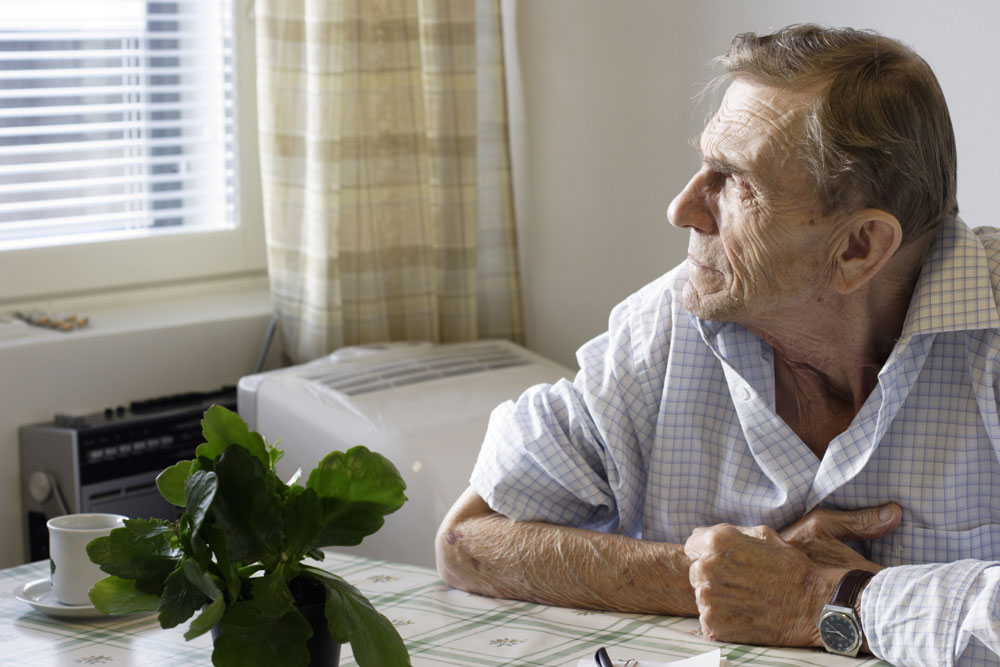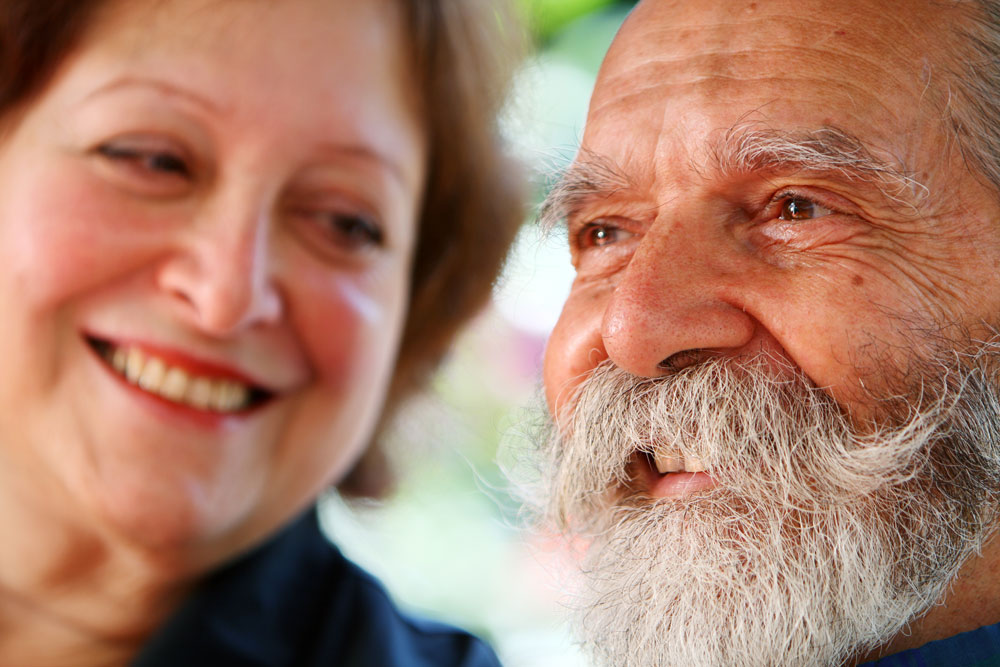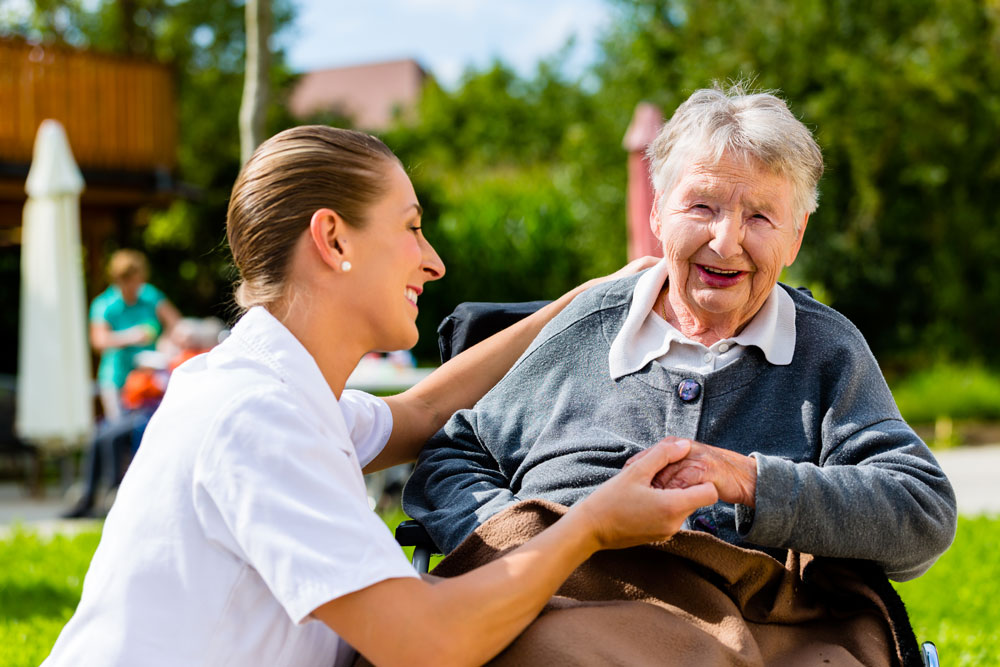Heart problems in the elderly - a guide for care staff for early detection and good care
This article is translated with AI and written based on Swedish conditions. Hopefully, it can inspire those interested from other countries.
Through knowledge about the impact of aging on the heart, early detection of symptoms, and adequate care, caregivers can play a central role in promoting heart health in the elderly. Structured observation and cooperation with healthcare is the key to good care.
Heart problems in the elderly - what everyone needs to know
Aging heart - physiological changes
With age, natural changes occur in the function of the heart:
- The heart muscle becomes stiffer and fills up more slowly
- Maximum pulse decreases by 5-10 beats per decade
- The blood vessels become less elastic
- Blood pressure gradually increases
Common heart diseases in the elderly
Narrowing of coronary arteries
- Causes oxygen deficiency in the heart muscle
- May manifest as pressure on the chest (angina pectoris)
- Risk of heart attack with sudden narrowing
Heart failure
- The heart does not pump enough blood
- Symptoms: shortness of breath, fatigue, swollen legs
- Often worsens gradually over time
Atrial fibrillation
- Irregular heart rhythm
- Increases risk of stroke
- May cause palpitations and fatigue
Warning signs to pay attention to
Acute symptoms
- Pressing pain in the chest that spreads
- Severe shortness of breath at rest
- Sudden dizziness or unconsciousness
- Cold sweat and nausea
More subtle signs
- Increased fatigue without apparent cause
- Less endurance in everyday activities
- Swollen feet and ankles
- Cough that worsens in a lying position
The role of care staff
Weight monitoring
- Sudden weight gain may indicate fluid retention
- Document changes >2 kg in a short time
Activity level
- Note changed endurance
- Report increased shortness of breath
Common medications
- Blood thinners (warfarin, NOAC)
- Beta blockers (reduced pulse)
- Diuretics
Side effects to pay attention to
- Dizziness with low blood pressure
- Electrolyte disturbances
- Increased bleeding tendency
Lifestyle support
Dietary advice
- Moderate salt intake
- Balanced diet with omega-3
Motion
- Adapted exercise according to ability
- Regular short walks
Emergencies - how to act
In case of suspected heart attack
1. Call 112 immediately
2. Support the resident in a comfortable position
3. Give any emergency medication (e.g. nitroglycerin)
In case of sudden unconsciousness
1. Check breathing
2. Start CPR if needed
3. Use defibrillator if available
Here there should be local instructions. Have you received CPR training? Does the resident wish to avoid being resuscitated?
Reflection questions - Heart diseases
Care staff
- What subtle signs of heart failure have you noticed in your residents?
- How do you document changes in heart-related symptoms?
Manager, nurse, occupational therapist and physiotherapist
- Is there sufficient knowledge about heart medication among the staff?
- Does the staff have the right knowledge about how to act in emergency situations?
Residents and relatives
- What information do you need about heart problems?
- How can we make the care plan more adapted to your needs?
Erland Olsson
Specialist nurse
Sofrosyne - Better care every day

Aktuellt i media
-
2025-12-18 04:00
16 Sjukdom och död
Survivor conversations - an important element in working with next of kin
info Bild från Summer Stock
Bild från Summer Stock - 2025-12-15 04:00 17 Psykisk hälsa
- 2025-12-11 04:00 07 Riskhantering
- 2025-12-08 04:00 06 Dokumentation
- 2025-12-03 04:00 06 Dokumentation
- 2025-12-01 04:00 02 Värdegrund






